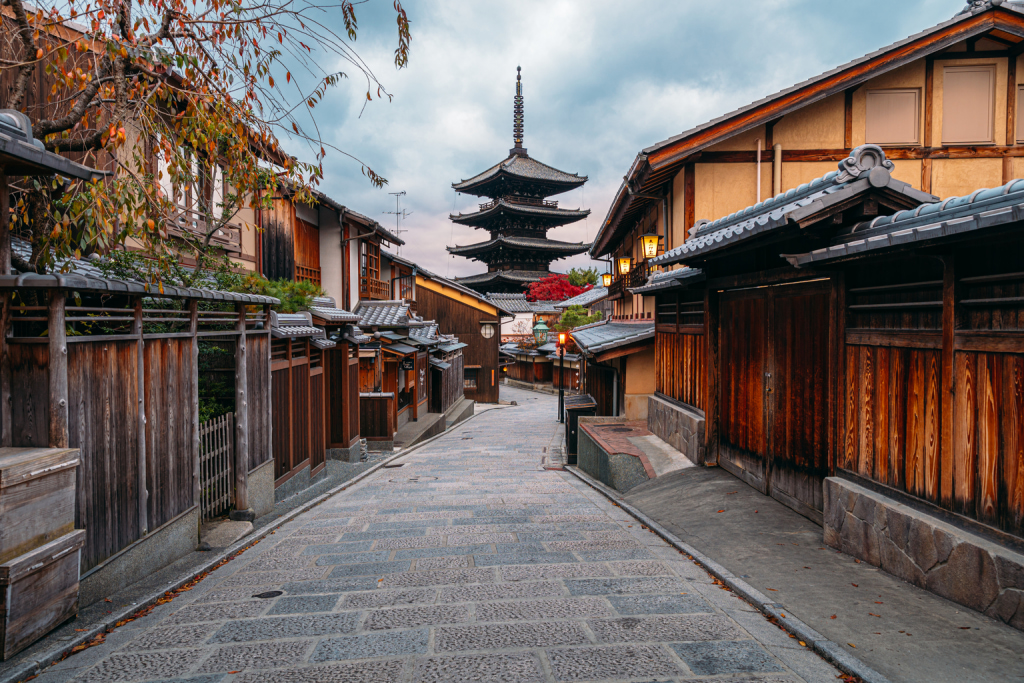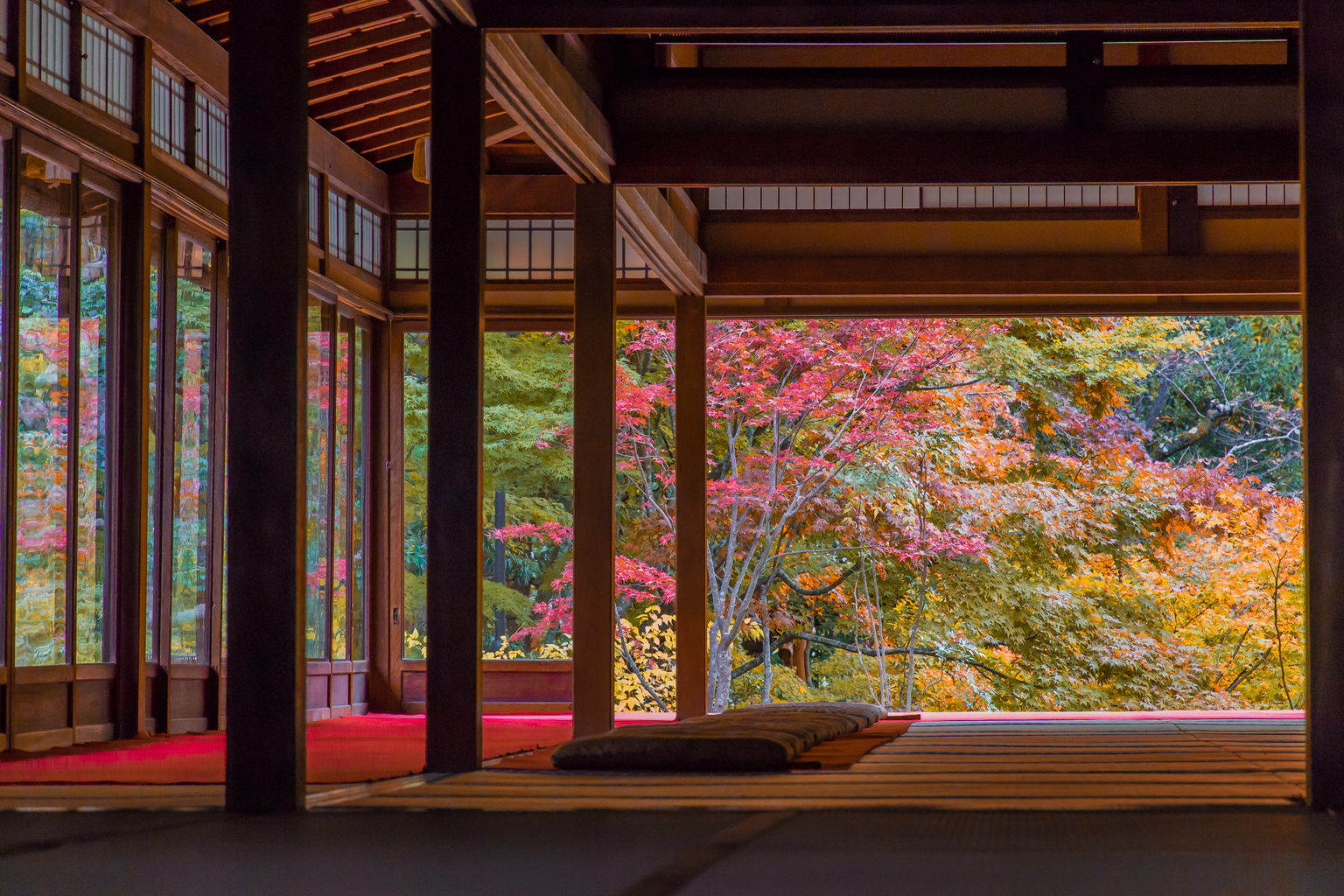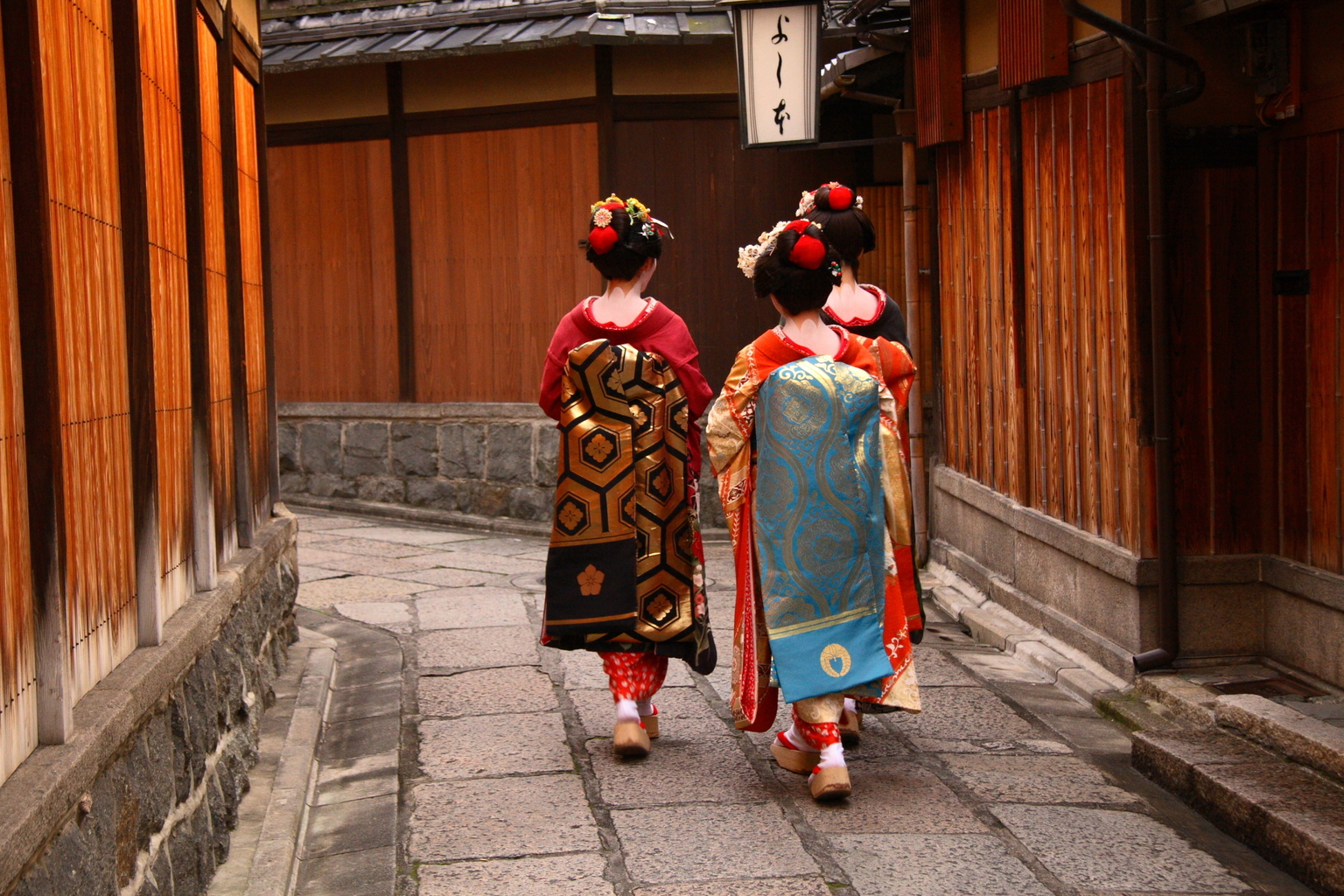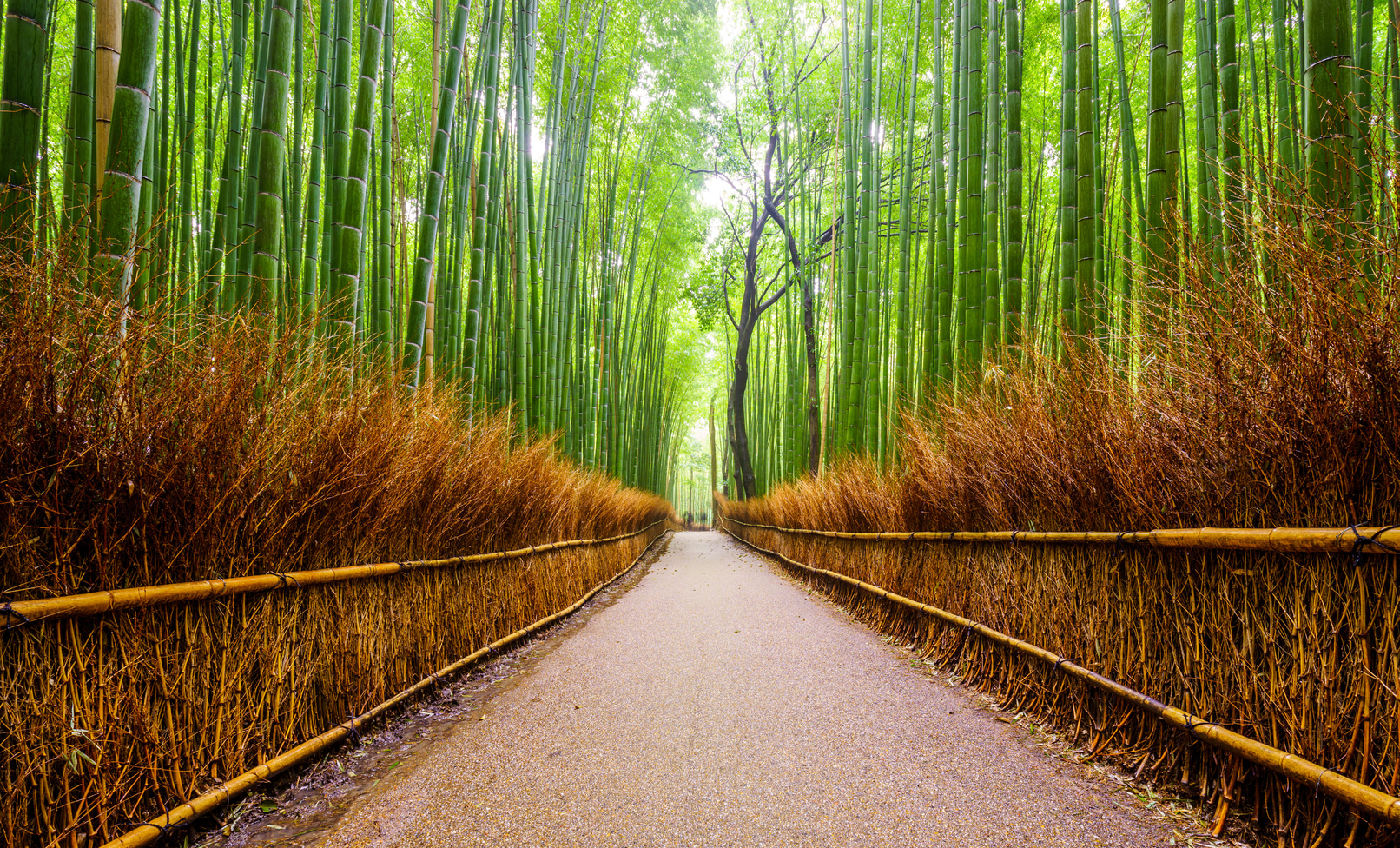No trip to Japan, even if it’s your second or third time, is complete without a stop in Kyoto. As travel returns to Asia over the next few years, the ancient capital will once again become a highly sought-after destination for international visitors.
Things will be different, however, as new modes of travel gain popularity in a post-Covid landscape. Crowded tour buses and jampacked sightseeing venues will be off the itinerary for many travelers, supplanted by off-the-beaten-path exploration and outdoor activities. Here are some suggested ideas for safe and exciting sightseeing in Japan’s most beloved historical city.
Socially Distanced from the Crowds
Iconic Kyoto spots like the wooden stage at Kiyomizudera and the glittering golden pavilion of Kinkakuji will always be must-see locations, especially for first-time visitors to the city. It will take some time for the crowds to reach pre-pandemic levels again, but things will become busy as tourism resumes.
Consider timing your visit to these popular spots to avoid peak congestion. Resist the urge to show up at Kinkakuji or the lavish Nijo Castle right at opening hours. That’s when the tour buses arrive as well. Instead, push lunch back a bit and visit midday when other tourists are searching for somewhere to have some much-deserved sustenance. An evening visit to a Shinto shrine with lanterns aglow is another excellent way to see some popular locations without crowds.
Breezing Through the Streets
Avoid crowded public transportation by picking up a bike from the Kyoto Cycling Tour Project rental shop near Kyoto Station. Just north of the station is the massive Higashi Honganji, one of the world’s largest wooden buildings, which is free to enter. Continue east and cross the river to reach the Shichijo neighborhood, where you’ll find Sanjusangendo hall, home to 1,000 life-sized gold statues of the Buddhist goddess of mercy.
From there, it’s a short ride up to the traditional district of Gion, home to the famous geisha and their young apprentices. Arrive in the late afternoon for the opportunity to see these kimono-clad entertainers heading out to meet their clients. Since before the era of social distancing, it has always been considered good manners to let these busy ladies pass without getting too close or snapping intrusive photos.
Walking Through Culture
There are charming districts to walk in the city where crowds are light or non-existent. When visiting the popular Arashiyama area, begin with a five-minute taxi ride from the train station to Otagi Nenbutsuji. This hillside enclave is pure magic; 1,200 stone icons scattered throughout the forested temple grounds create an otherworldly atmosphere. From there, walk downhill towards the famous bamboo forest on an hour-long route that passes other hidden temples, distinctive handicraft shops and a secluded moss garden at Gio-ji.
If you have an interest in Japanese gardens, the landscapes in the Nanzenji district can easily be visited on foot. The Zen garden at Nanzenji Temple is well known and worth visiting but stop in at nearby Tenjuan and Konchi-in temples for even more stunning scenery that is often overlooked by tourists. A short walk to the Murin-an villa offers another magnificent garden from the late 19th century.
Safe Travels
If you do opt to use public transport then here are some useful tips. On the trains, refrain from speaking in loud voices, this was a rule long before the pandemic, and don’t answer your phone. This also goes for restaurants and cafés. Understand that mask-wearing is strictly followed in Japan, even when outdoors or amongst the vaccinated. Ostensibly, removing your mask for anything other than eating and drinking is frowned upon. By using common sense and being respectful of local safety practices, your trip to Kyoto is sure to be memorable and safe.
This article was published in Tokyo Weekender’s special issue, Made in Japan. Flip through the issue by clicking on the image below.












